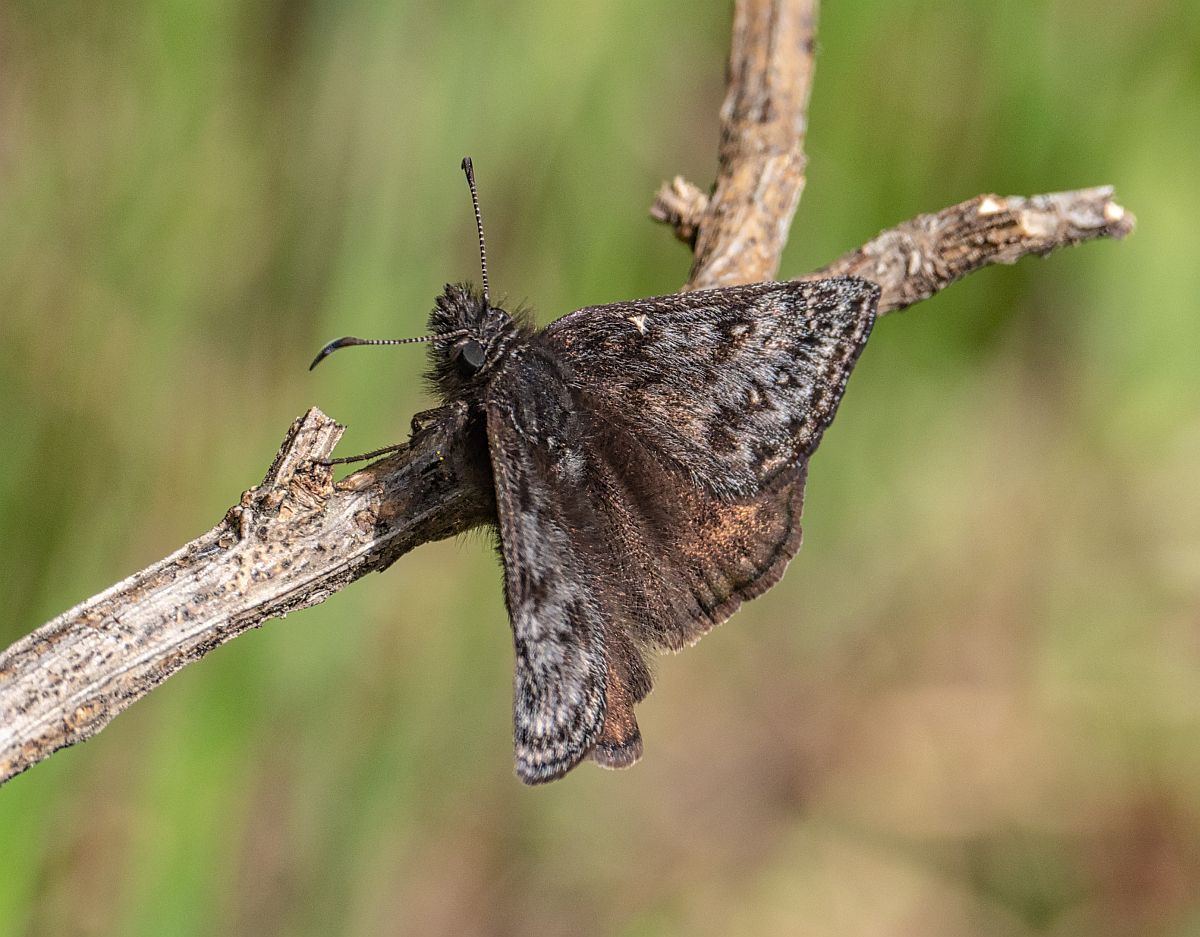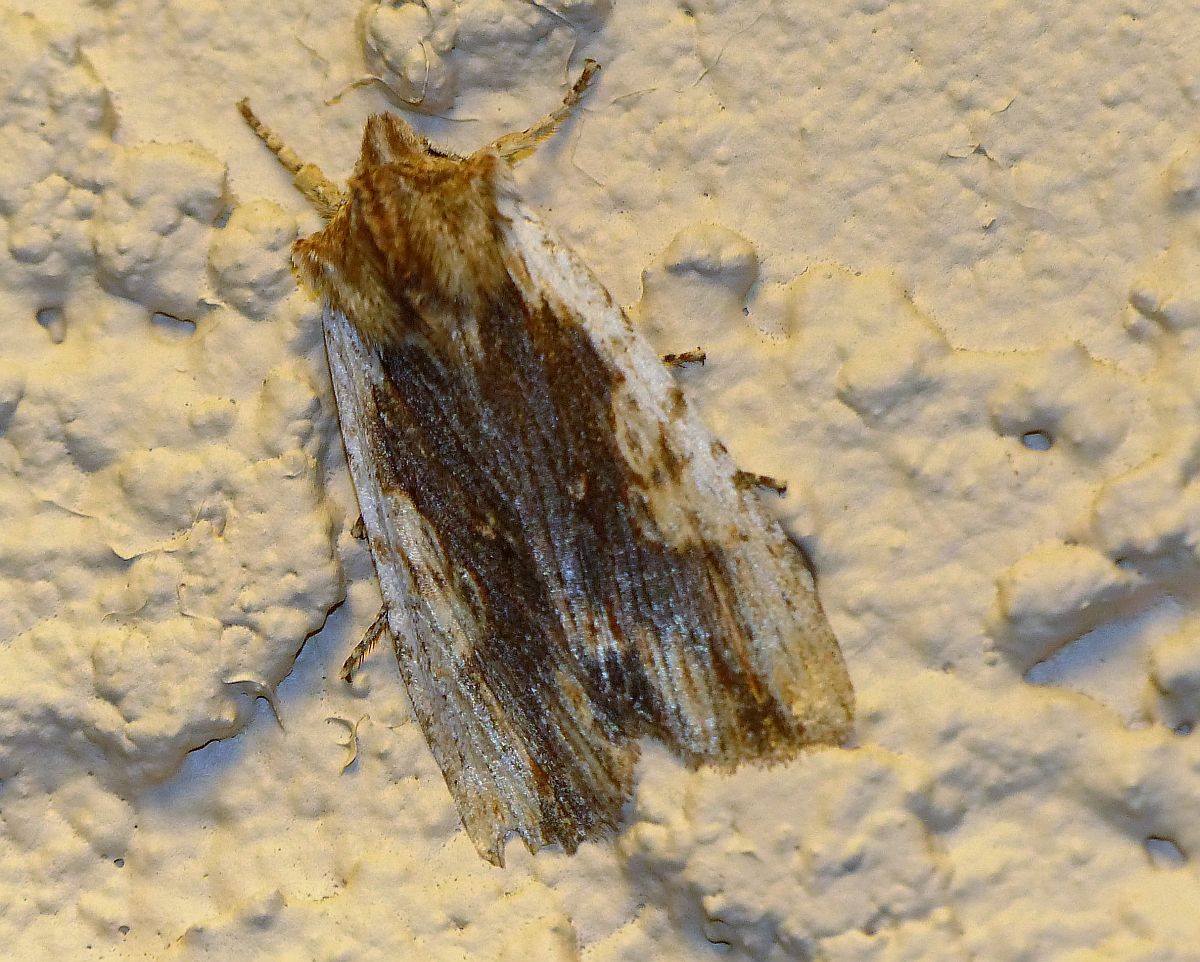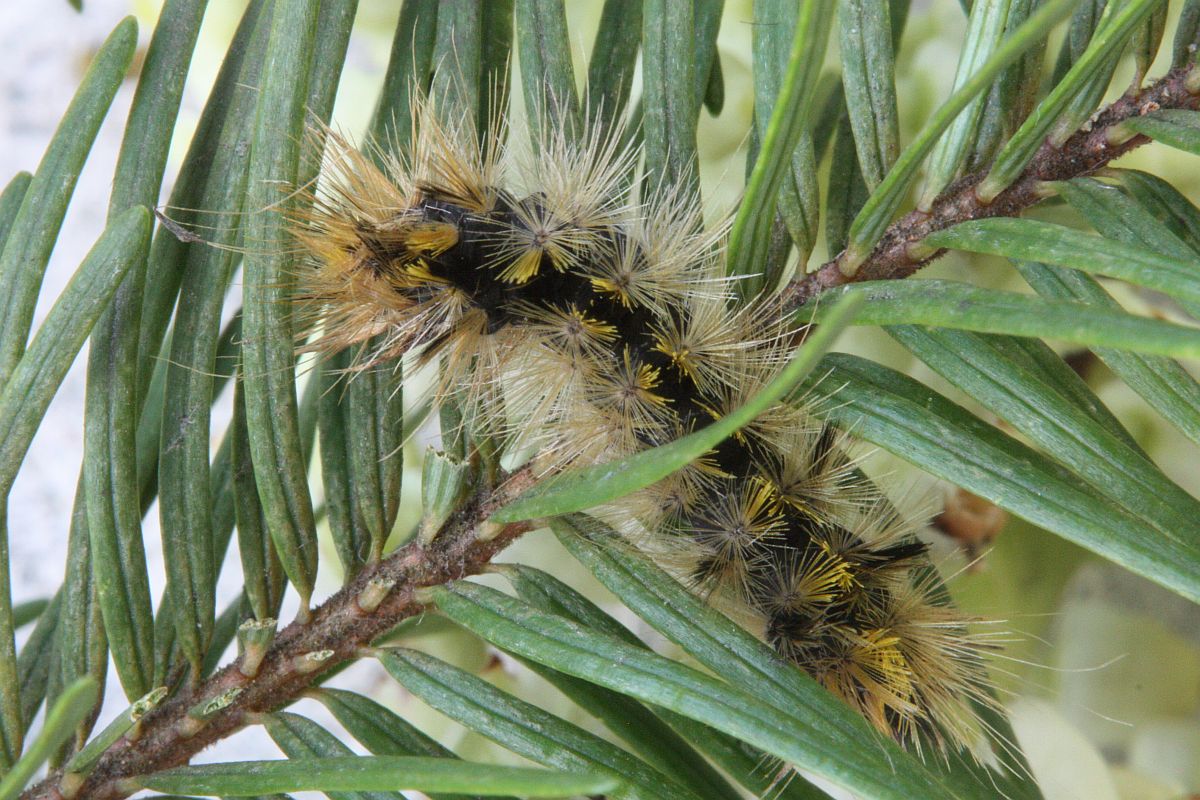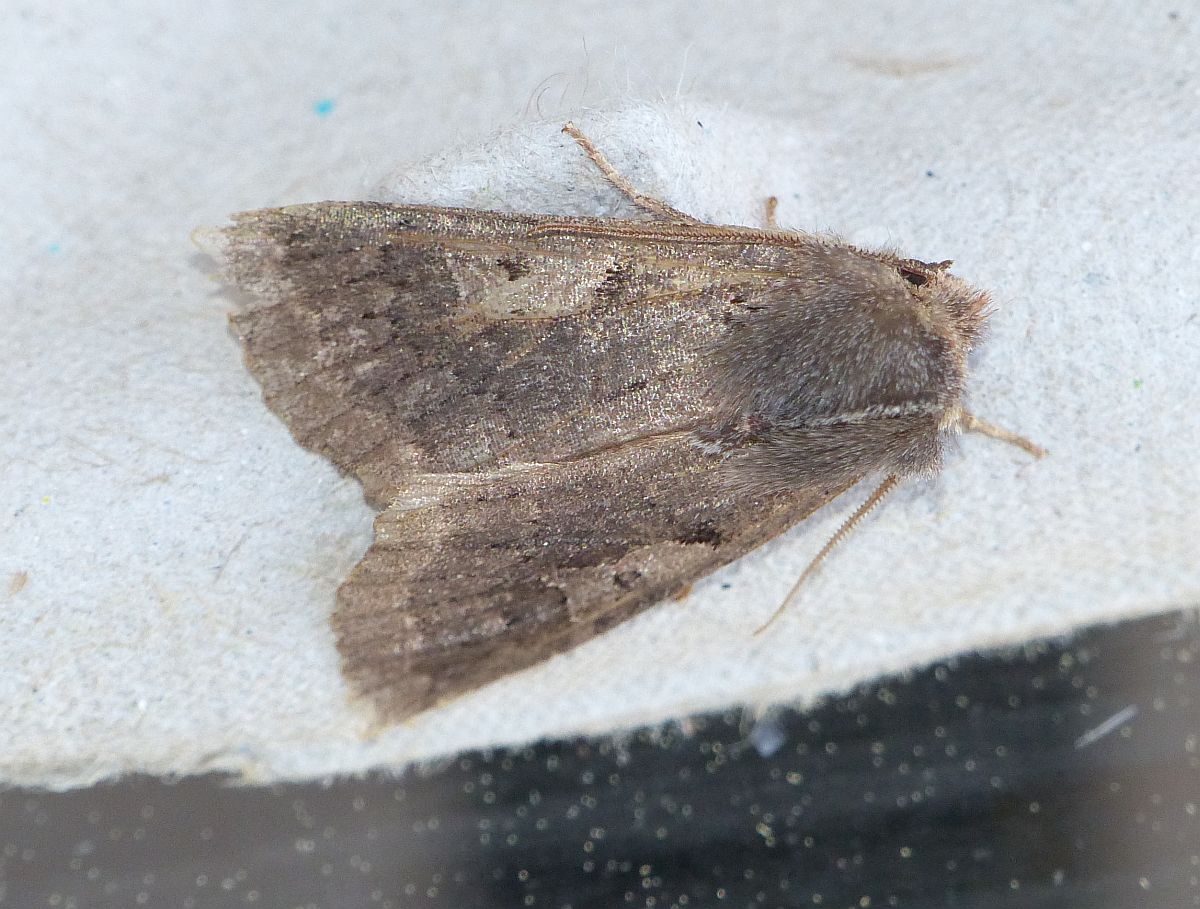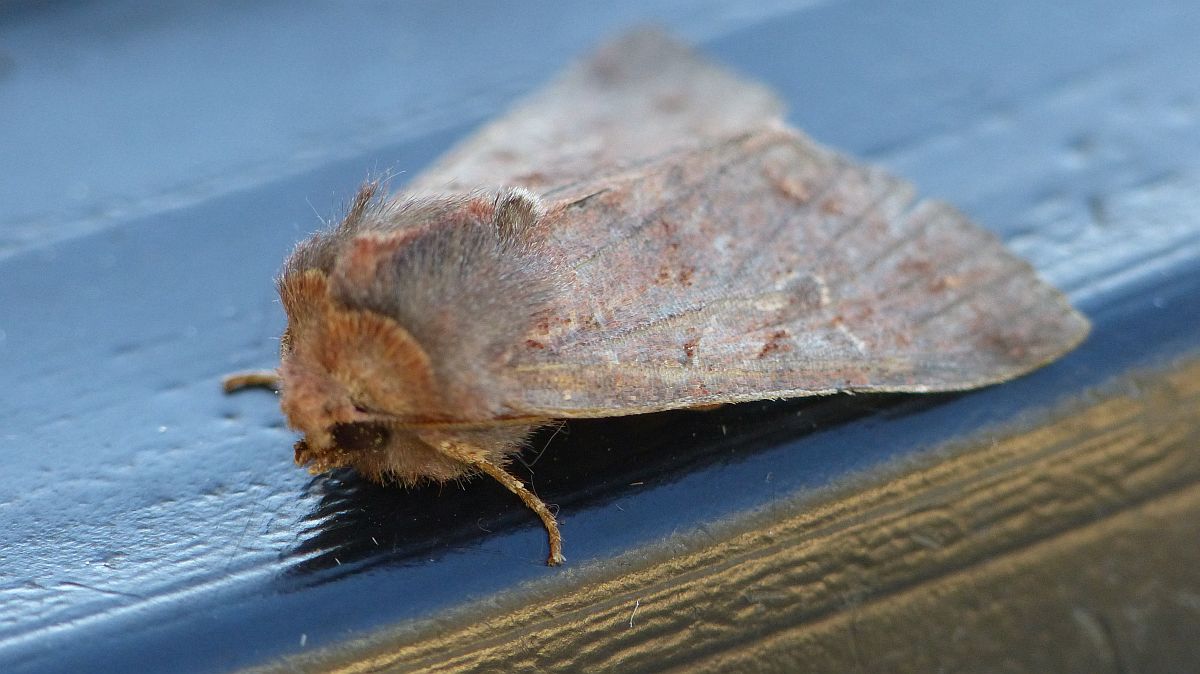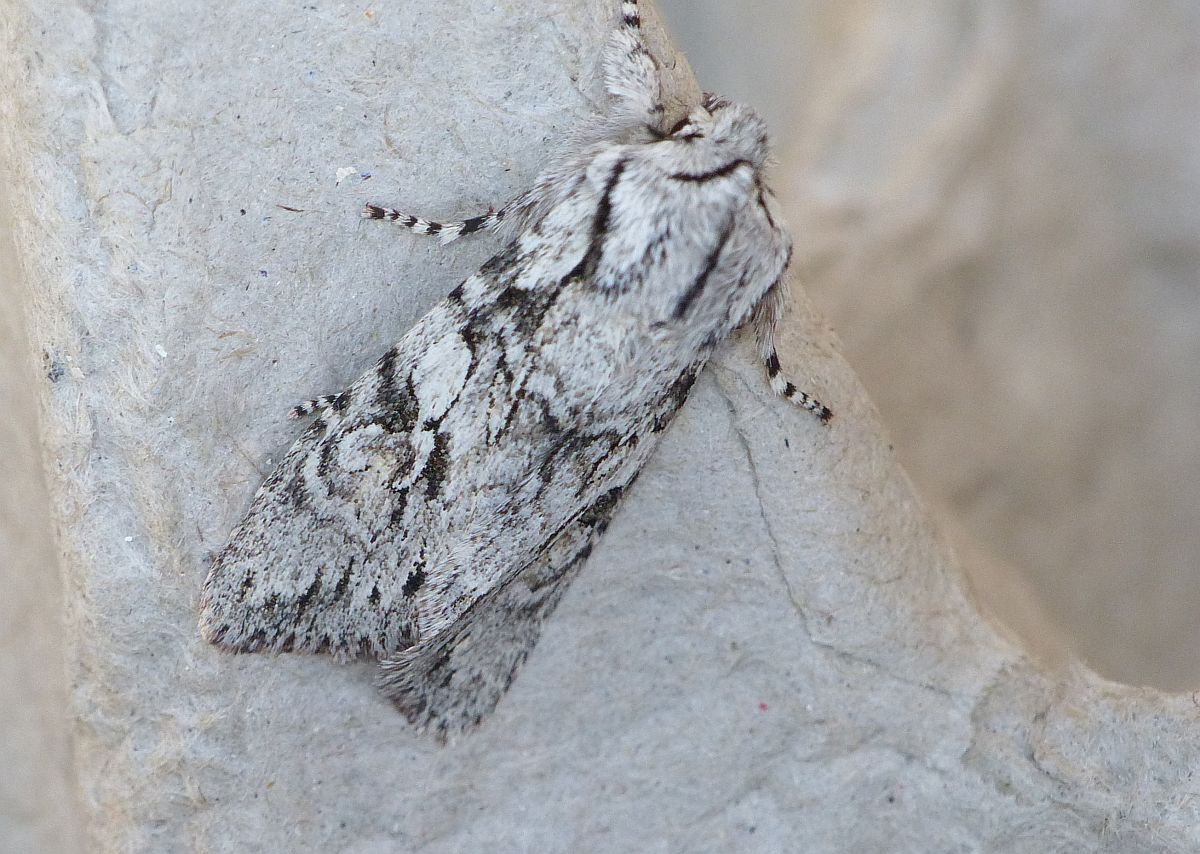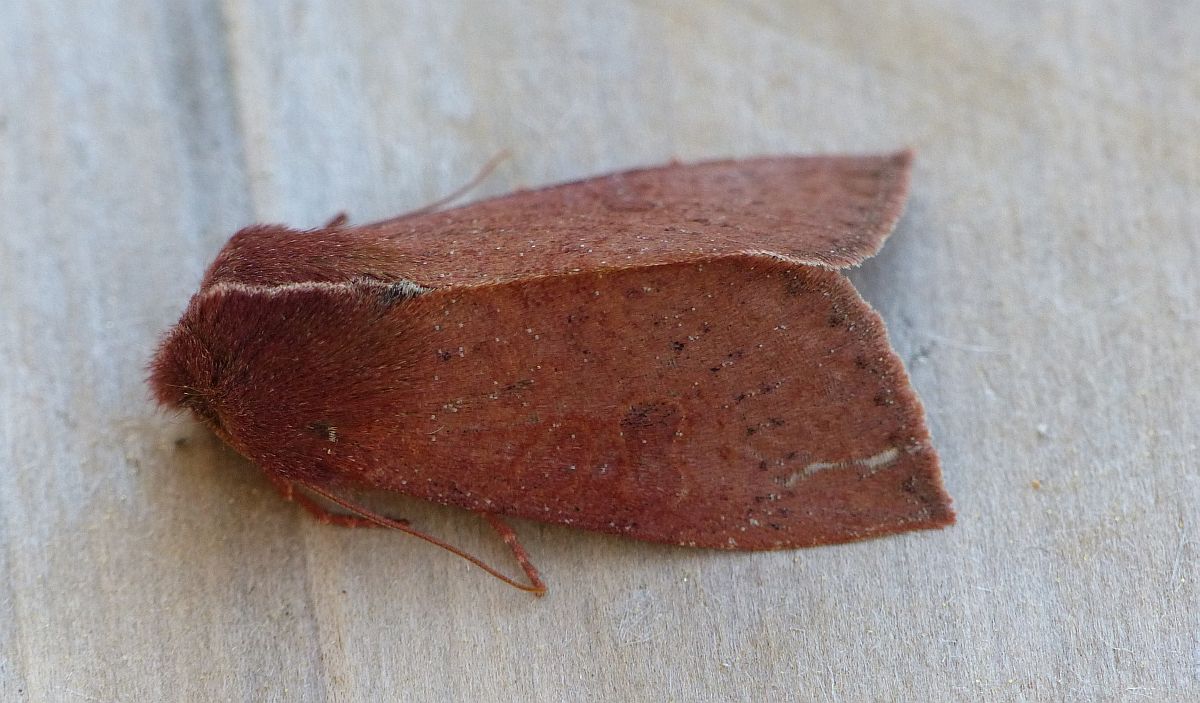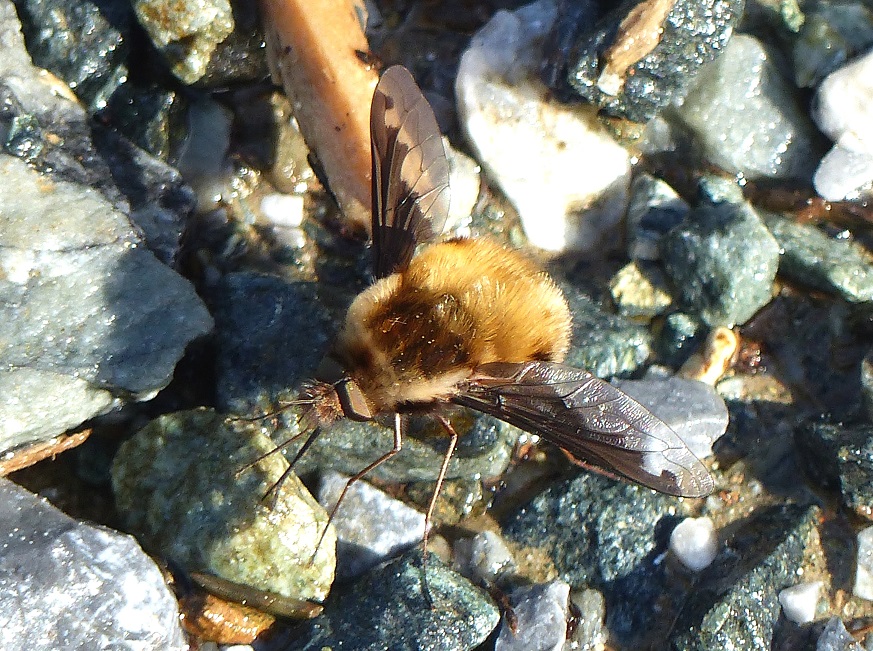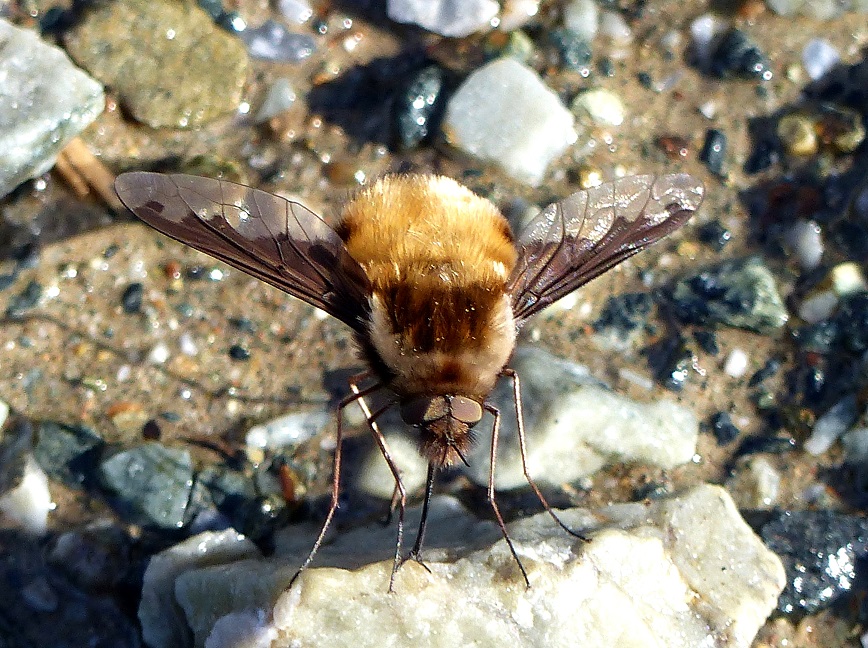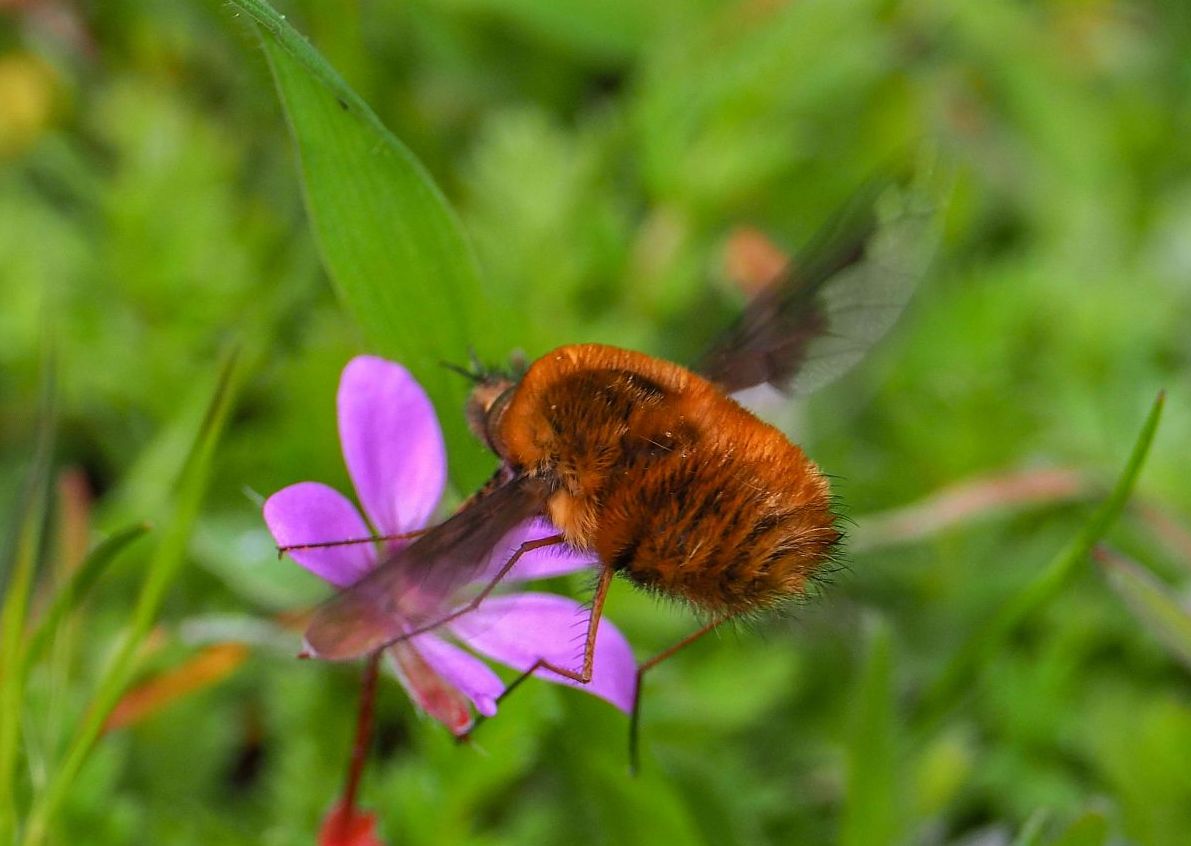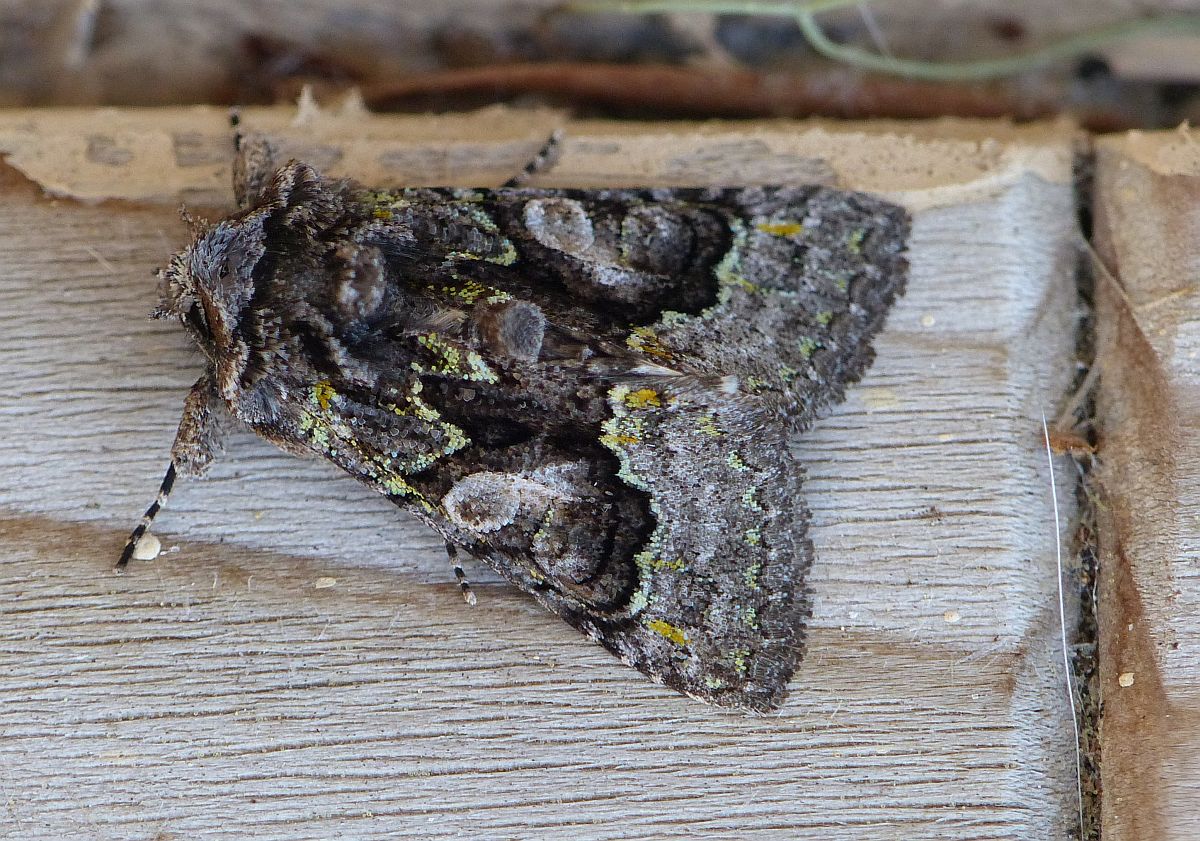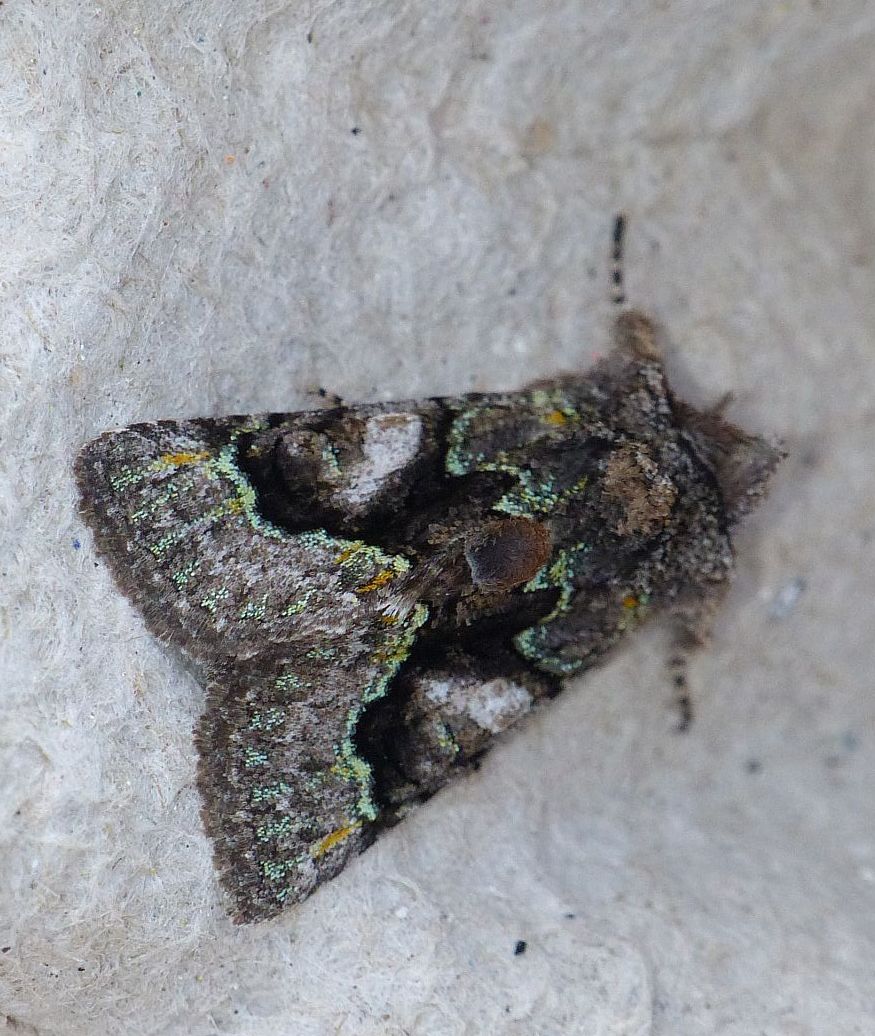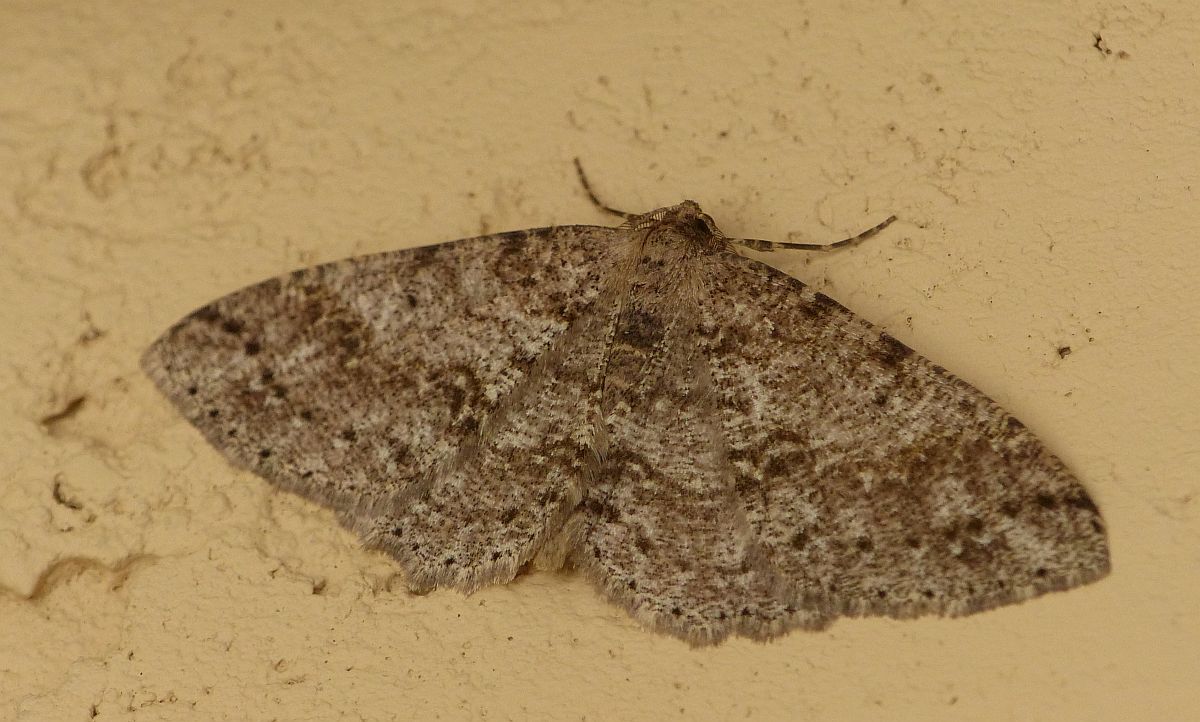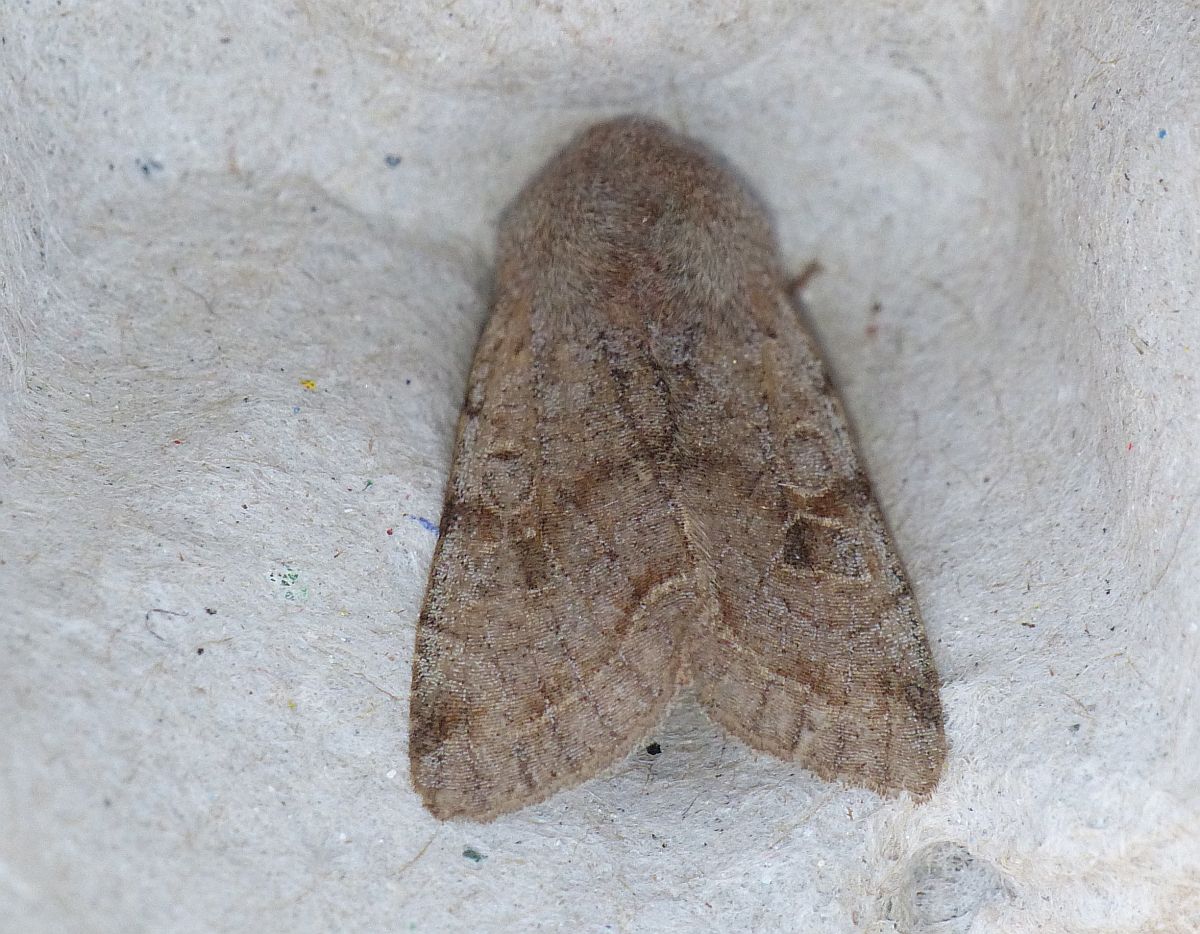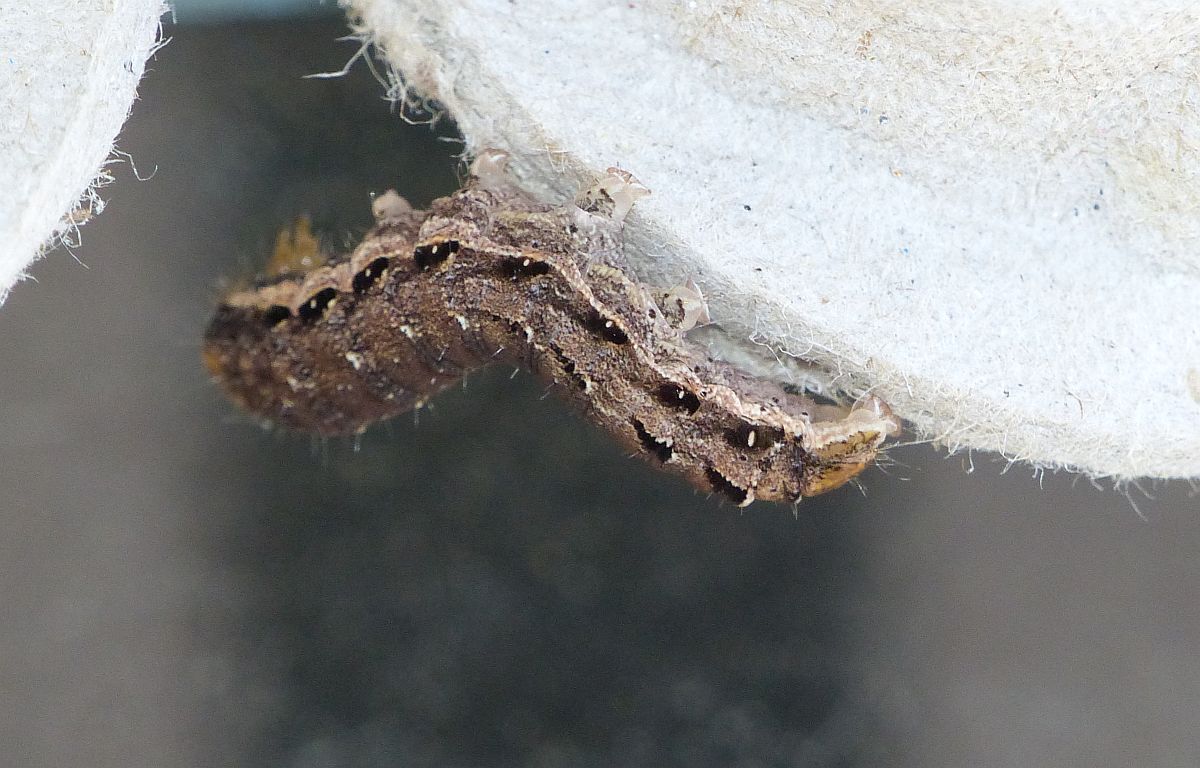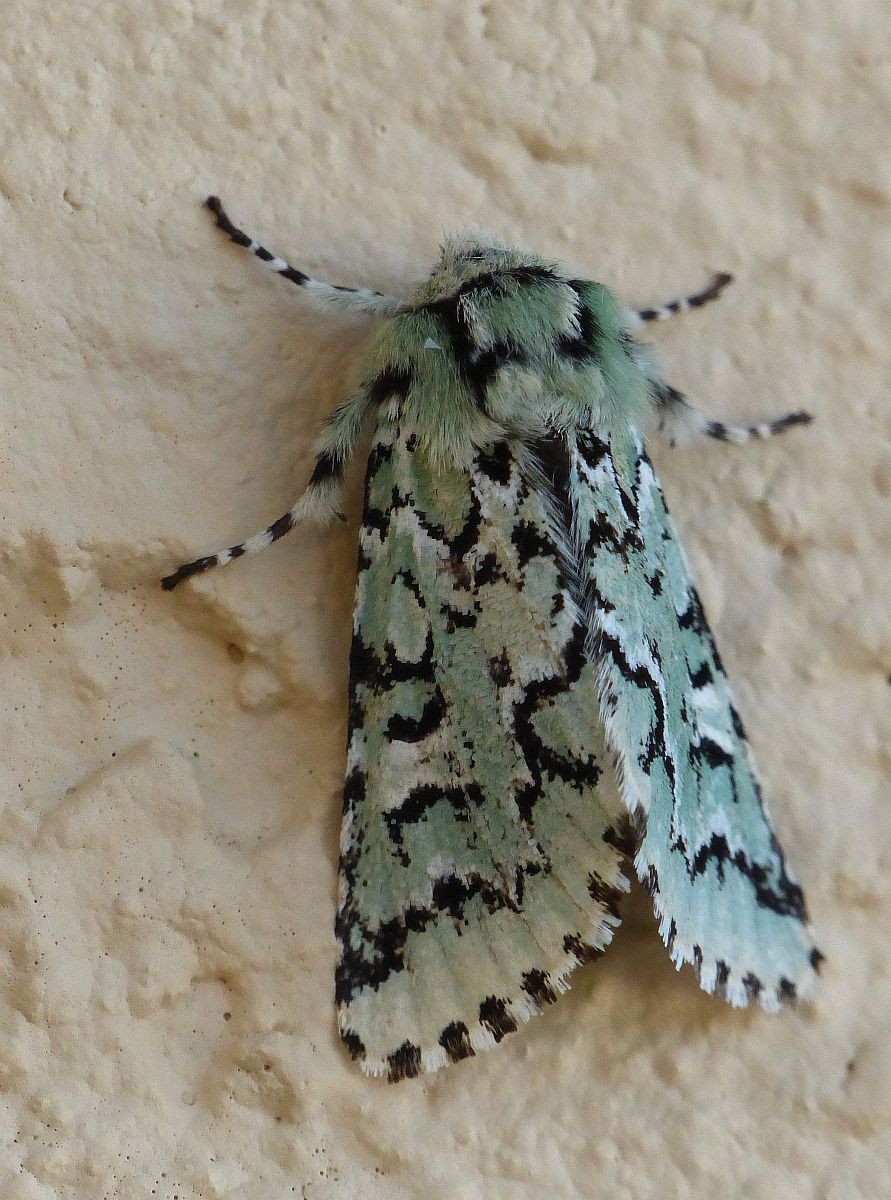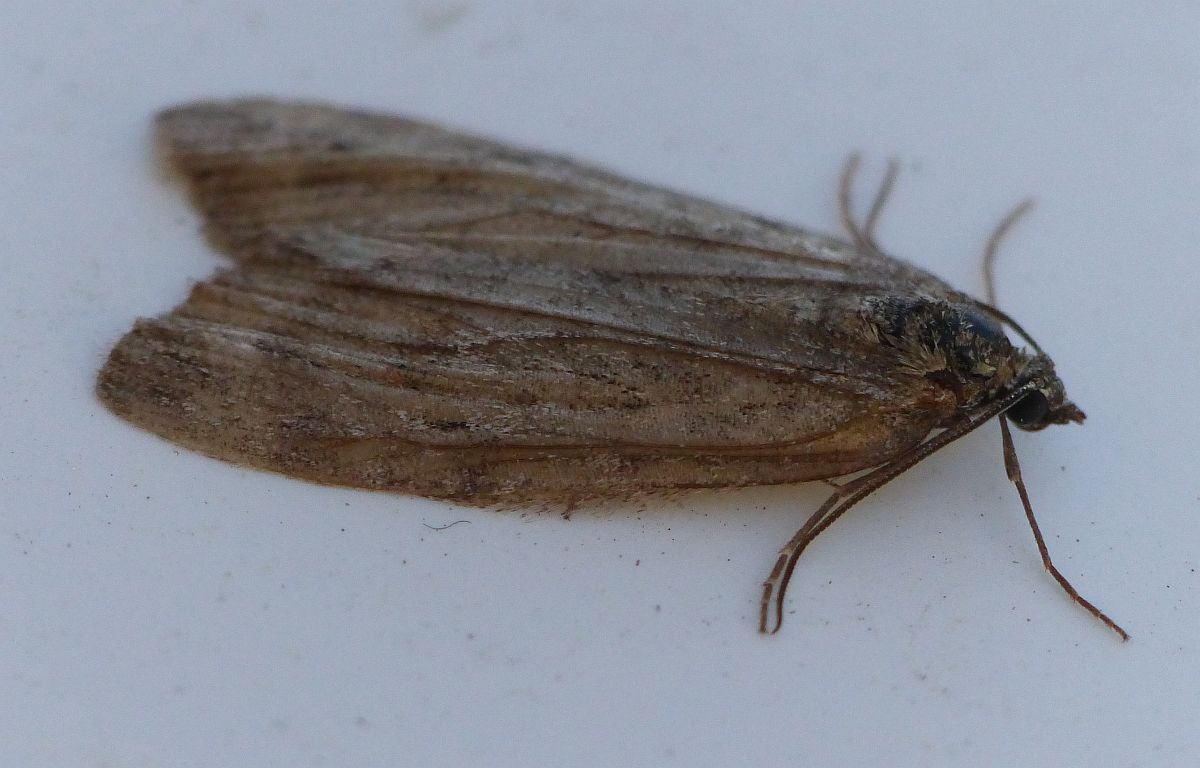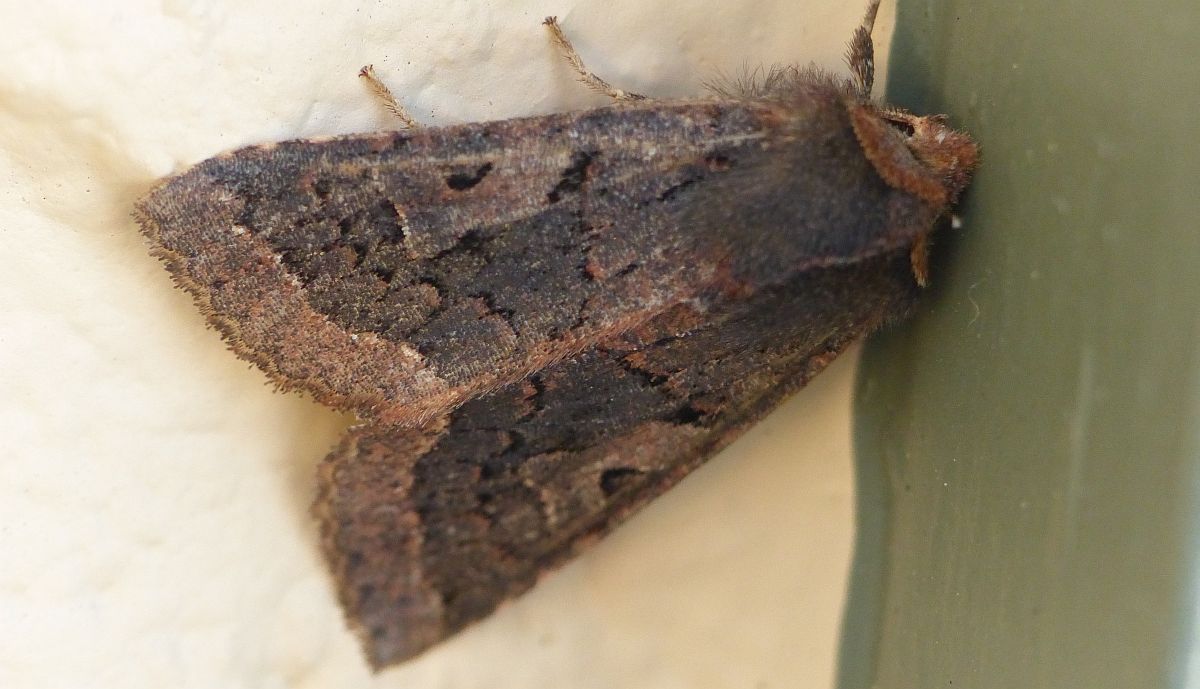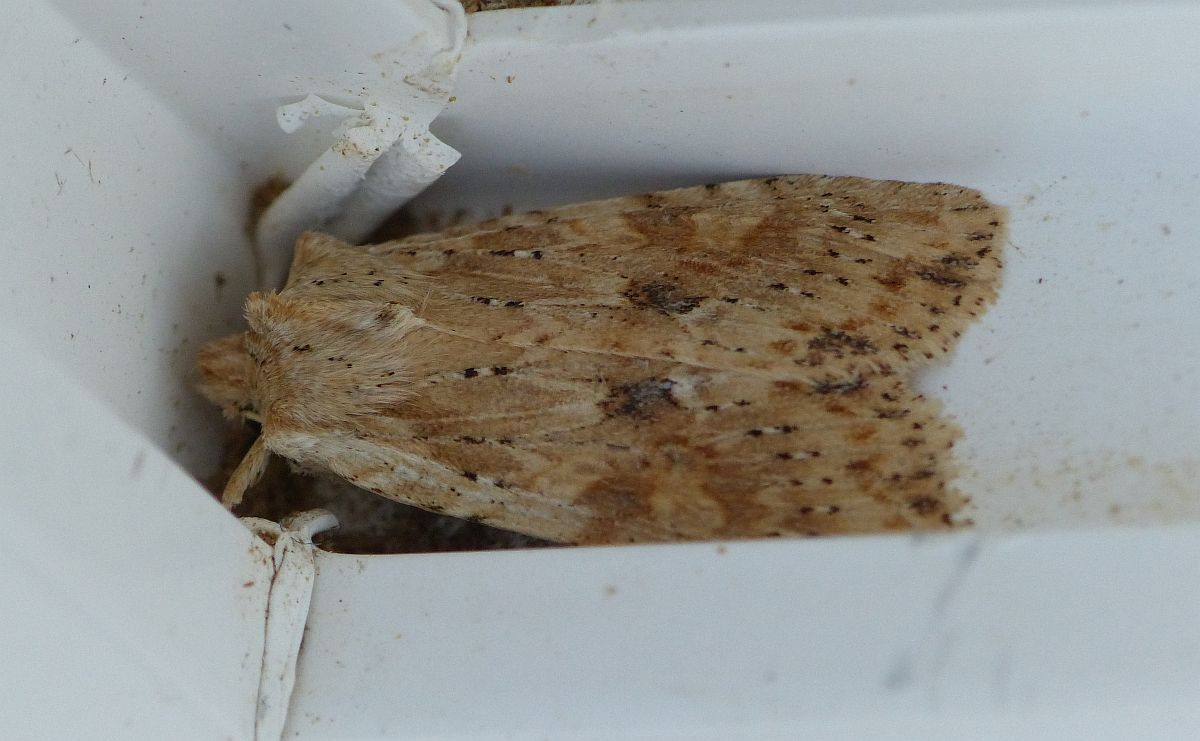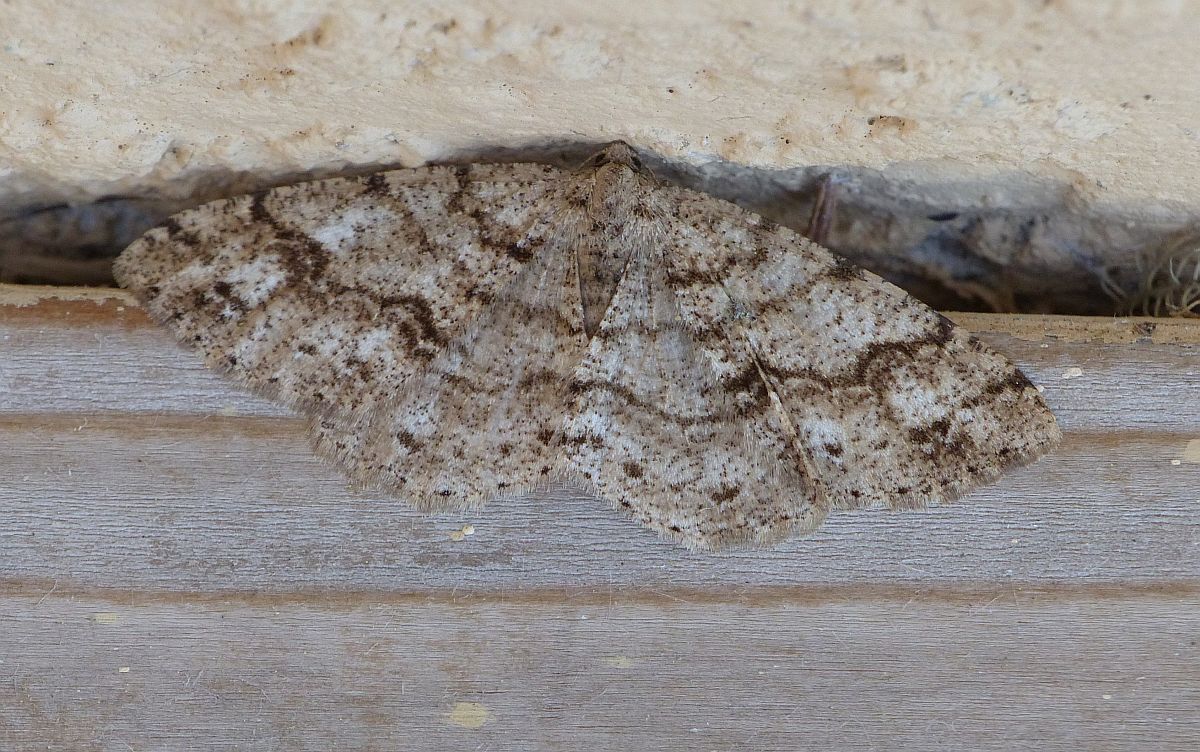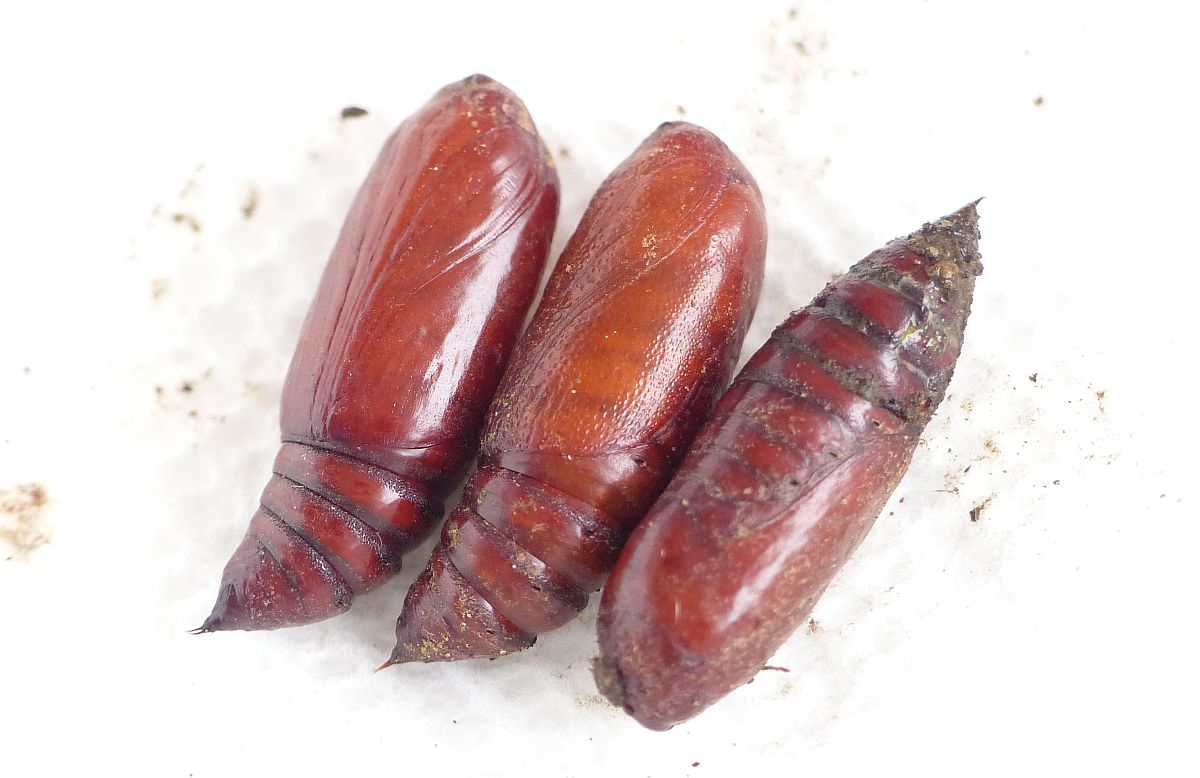2018 April 20 morning
Message from Gordon Hart
Hello Butterfly Counters,
This weekend marks the beginning of the 2018 Butterfly Count season. As always, the count period is from the third Saturday to the fourth Sunday – April 21-29 this year. You can submit a count anytime over this period, and you can do more than one count, just use a separate form for each count. In the case of repeat counts, or more than one person counting an area, I will take the highest count for each species.
Please use the form at https://www.vicnhs.bc.ca/?p=33 on the Victoria Natural History Society website .
The count area is the same as the Christmas Bird Count circle (attached). For butterfly identification there are numerous internet sites, but most or all Victoria species are listed on E-Fauna. If you select by photographer, all the photos under James Miskelly’s name are of Victoria species. Here is the link: http://linnet.geog.ubc.ca/efauna/photoGallery/Gallery.aspx?gr=showall&pid=175&photographer=miskelly,%20james&specrep=0
If you would like a suggestion for an area to count, please send me an email. If you can only do your backyard or your neighbourhood, that is good, too. We have had a request from the Friends of Cedar Hill park to include the park in our counts. Please let me know if you want to do this park, which includes the trails around Cedar Hill Golf Course.
In addition to the counts, a monthly butterfly walk is held on the first Sunday of each month – May 6th, is the next walk. We start at the summit of Mount Tolmie at 1pm, and decide where to go from there. The walk will be cancelled if the weather is cool or rainy.
Thank-you for submitting your sightings and happy counting!
Gordon Hart
Butterfly Count Coordinator
Victoria Natural History Society
Count circle map link:
http://christmasbirdcount.ca/bcvi/CBCMaps.html#VictoriaMap
And a further message from Gordon –
On Wednesday, April 18, we finally had good looks at a Green Comma, Polygonia faunus, on our property in the Highlands. It was back again today, the 19th.
I walked along the Westsong Walkway in the Inner Harbour today, the 19th, and saw two Cabbage Whites, also my first of the year.

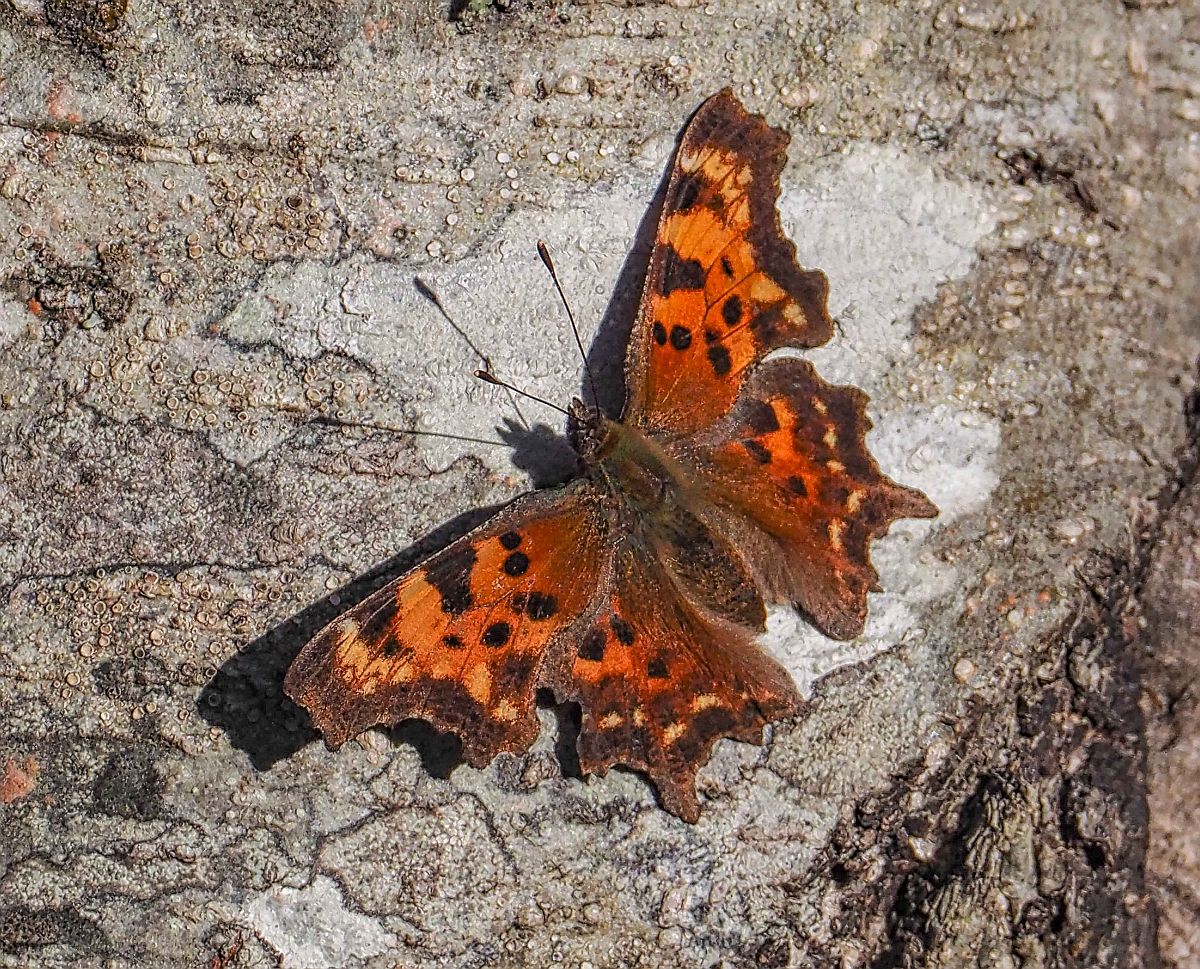
Green Comma Polygonia faunus (Lep.: Nymphalidae) Gordon Hart
Jeremy Tatum comments: Often commas seem to be impossible to identify from upperside alone – yet there’s something about this individual that says “Green Comma” and nothing else! A question that is in many of our minds, are we going to get any Satyr Commas (inexplicably rare in the last two years) this year?
Looks as though Cabbage Whites are really emerging now. Annie Pang photographed three individuals at Gorge Park. I believe the one with big black spots is a female; the other two are males.

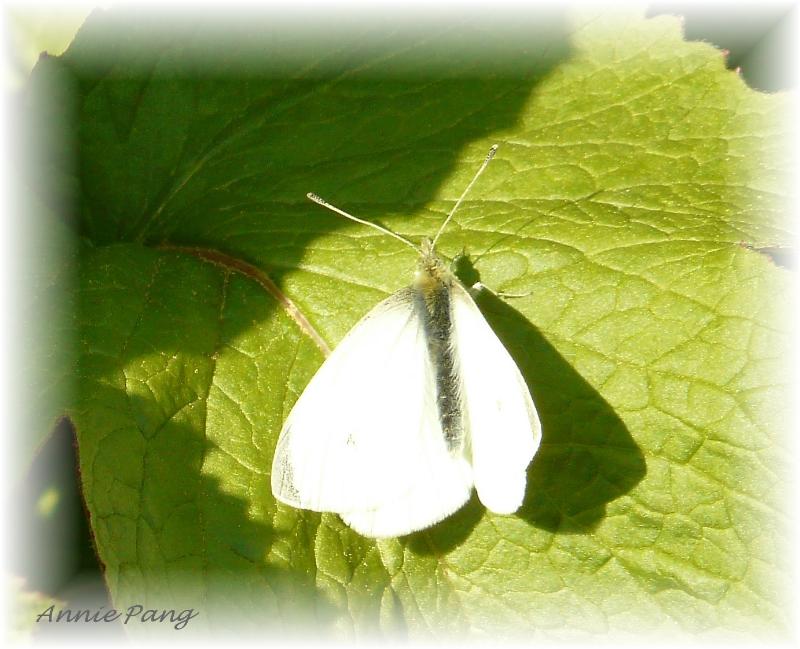
Cabbage White Pieris rapae (Lep.: Pieridae) Annie Pang

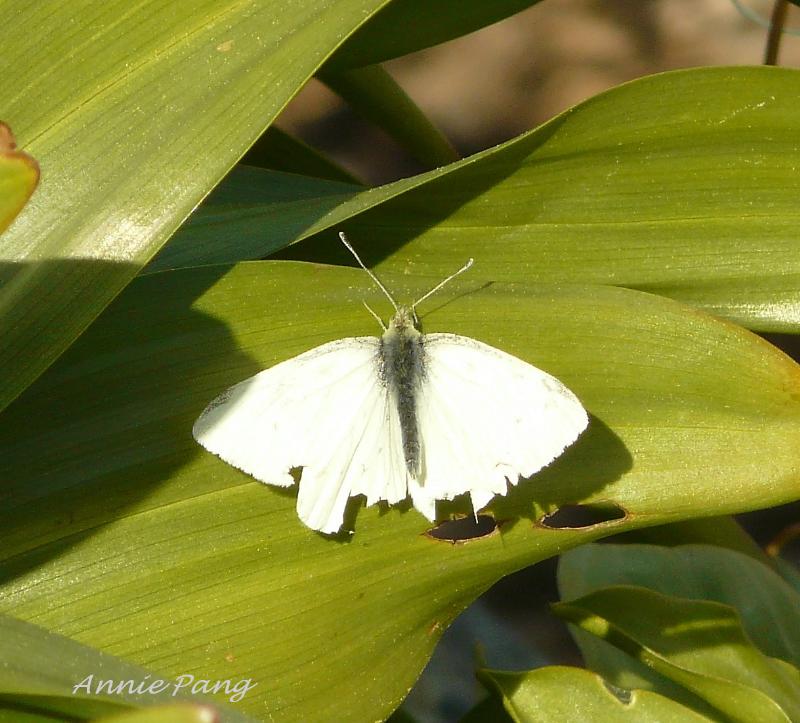
Cabbage White Pieris rapae (Lep.: Pieridae) Annie Pang

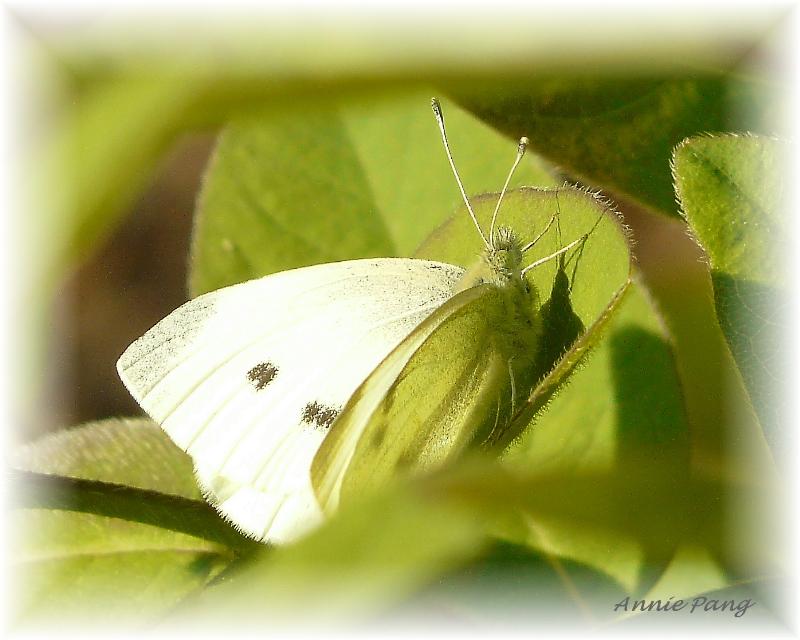
Cabbage White Pieris rapae (Lep.: Pieridae) Annie Pang
Jeremy Tatum writes: Very little where I am at my Poplar Avenue apartment. The only thing I have seen recently is this very, very worn moth, almost beyond identification – though not quite. I believe it is Pheosia rimosa.

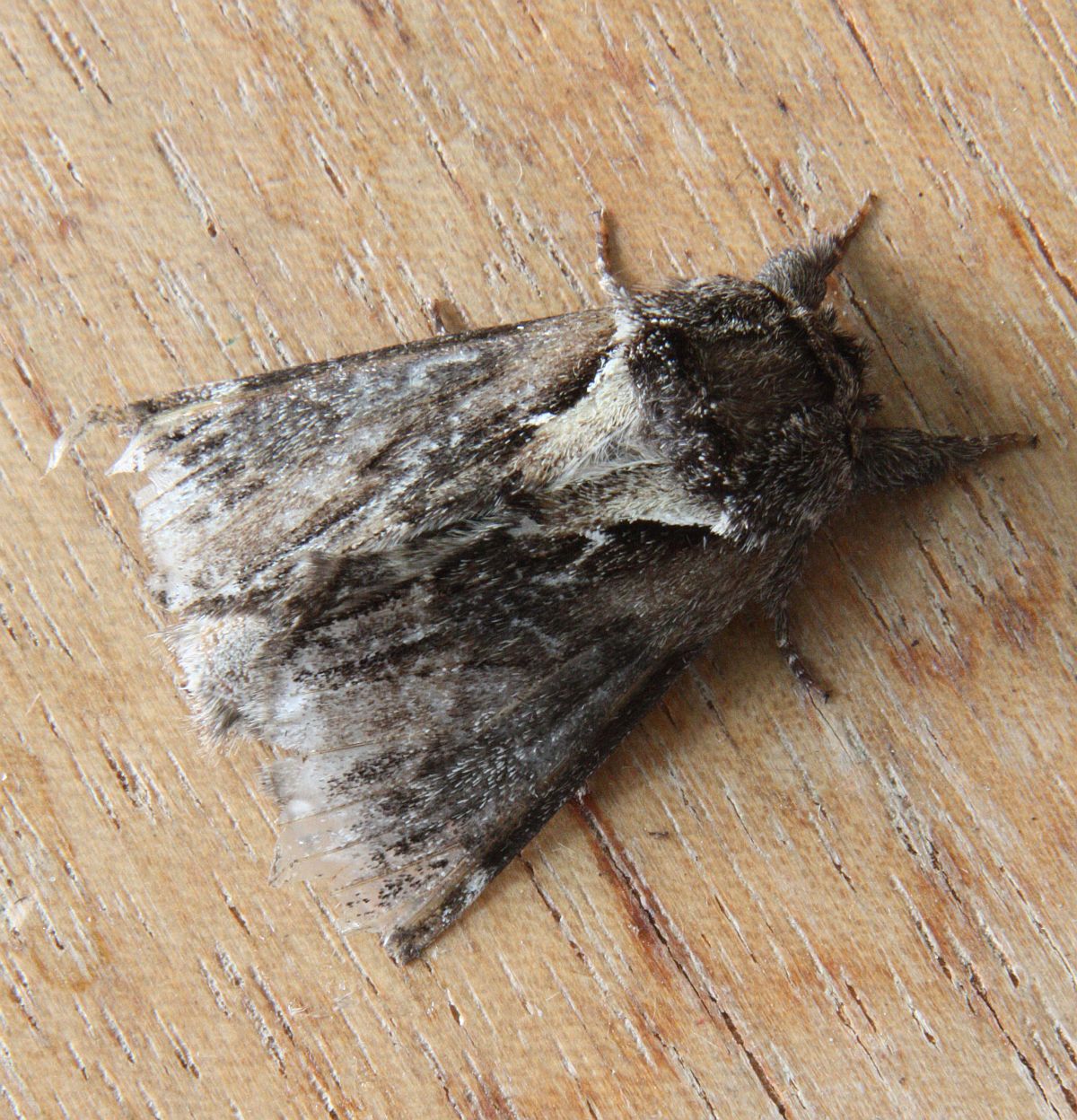
Pheosia rimosa (Lep.: Notodontidae) Jeremy Tatum
Jochen Moehr has been having much more success out in Metchosin. We’ll see some of his moths in subsequent Invert Alerts, probably starting this evening!

